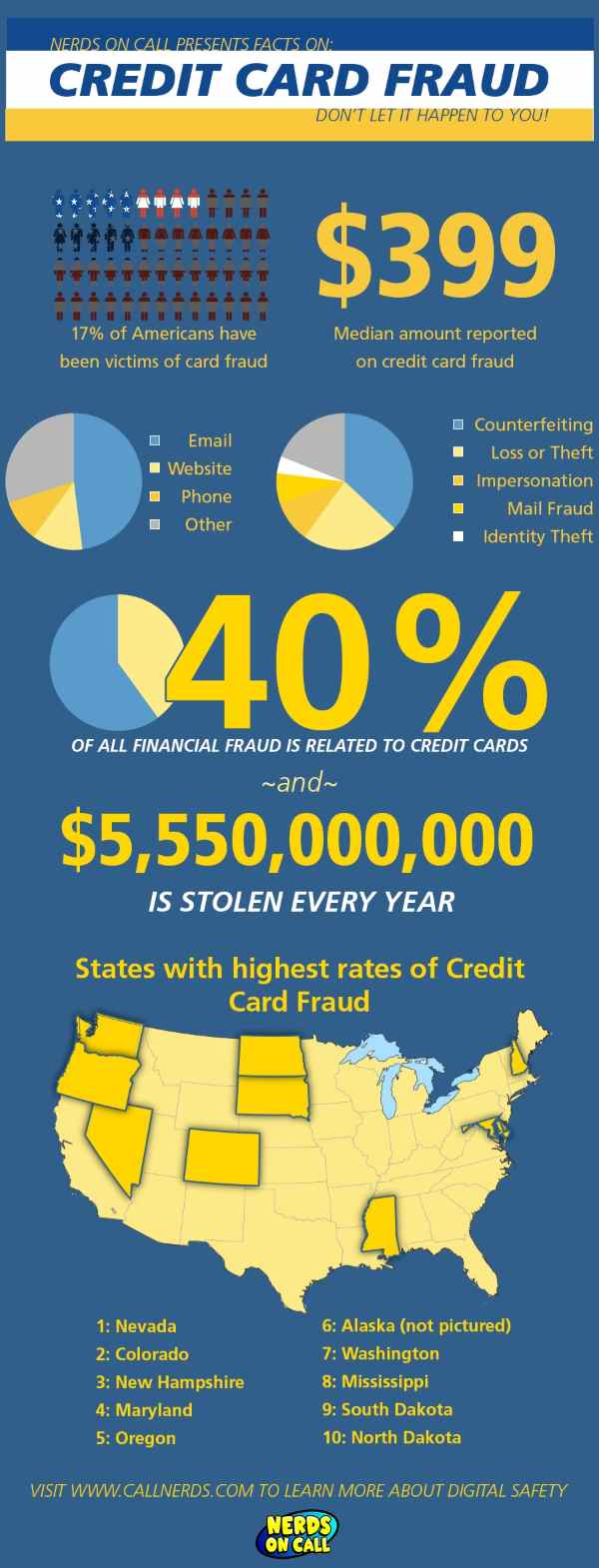AI develops and learns from its mistakes, and financial scammers do the same. However, AI is becoming a real headache for those who are trying to steal someone else’s money, since no one on earth can analyze such amount of data and draw the right conclusions.
Fraud Prevention and Detection in the Retail Industry – Main Ways AI Protects Users and Merchants
Fraudsters work only in those areas where a lot of money is spinning, otherwise, their fraudulent activity loses its meaning. Retail is a very dynamic area, with a huge amount of financial transactions carried out per second. And it is not surprising that most users are faced with fraud precisely at the time of purchasing goods online or with a credit card at a physical point of sale. But fortunately, modern AI development solutions help identify fraudulent transactions and even prevent them, while allowing the business not to lose profits, and users their hard-earned money.
Financial Fraud Issues – Global Statistics, Facts and Concerns
Financial technologies are evolving, and fraudulent schemes along with them. And even despite the fact that banks and other financial institutions constantly inform users about the rules of financial security, and ways to protect themselves from potential threats, the problem of credit card fraud does not lose its relevance, but only becomes more urgent. Here are the statistical facts confirming this.
- In 2016, users lost $744 million by becoming victims of scams. It is expected that by 2020 this figure will reach or even exceed $35 billion.
- Almost half of credit card fraud cases (46%) occur in the United States, and the phone remains the main tool for deceiving users (77% of cases).
- 75% of companies are seriously concerned about these statistics and would like to implement smarter and more advanced systems for fraud prevention and detection, but provided that these innovations will not worsen the user experience. Fortunately, AI can help with this task.
 Fraud Prevention and Detection – How AI Can Help
Fraud Prevention and Detection – How AI Can Help
AI cannot evolve without data, and in the case of preventing and detecting fraud, systems also analyze a huge amount of both historical and current information, self-learn and warn about possible risks with the help of predictive analytics.
Detect Irregularities
Previously, financial fraud detection systems worked according to uniform and linear rules, that is, any actions that did not fit into the framework of these rules were considered legitimate. In turn, AI is able to work not only according to a well-defined algorithm but also to identify non-standard patterns thanks to a comprehensive analysis.
Provide Real-Time Identification of Fraud
AI works in real-time and takes into account all the changes that occur. This makes it possible to quickly respond to suspicious activities, for example, in the case of fraudulent chargebacks.
AI in Retail Industry for Fraud Prevention and Detection
Since retail is one of the most profitable industries, it automatically becomes the most attractive field for fraudsters. And statistics confirm this. Compared with 2016, at the moment the number of fraudulent transactions in the field of electronic commerce has increased by 60%. And here is how AI in the retail industry can help to decrease this indicator.
Credit Card Fraud Detection
- recognize potential chargebacks;
- recognize the faces of users and conclude whether the credit card is in the hands of its rightful owner for credit card fraud detection;
- analyze behavioral factors and correlate them with other available user data, classifying actions as suspicious or legitimate.
AI Price Prediction in Retail
Predictive analytics enable retailers to be proactive and find out what customers will buy before they even make this decision. Plus, the system makes it possible to predict which price will be most optimal in order to suit the expectations of users and make a profit.
AI Price Optimization
Since AI works with a huge amount of both current and historical data, it becomes possible to analyze market fluctuations, monitor competitors, plus use the opportunity from the previous paragraph to adapt the price according to the wishes of customers and economic changes.
Prevent RTO and Promo Сodes Abuse
These are cases when fraudsters do not try to trick users but become users themselves in order to trick the retailer. RTO or Return to Origin is a case when a scammer buys a product and then returns a fake one to the retailer according to its return policy. AI helps to check whether this person is suspicious and make a forecast about intentions.
In the case of promotional codes, the fraudster creates several accounts in order to use the promotional code on each of them. In this situation, the system analyzes the IP addresses and previous patterns of behavior, and in the case when the necessary factors coincide, takes measures to block fraudulent activities.
Reduce False Positives with Behavior Analysis
As we said, when a fraud detection system works only to clear standards, it becomes easy to trick it. However, there are cases when the legitimate user behavior fits into this framework, and then the system gives a false-positive result. Of course, this affects the loyalty of users and worsens their experience. The AI is able to recognize not only the way the operation is performed, but also the person who performs them, and in most cases, minimize false-positive result.
How AI Will Evolve to Help Fight Financial Fraud
This is paradoxical, but AI systems designed to prevent financial fraud will develop precisely with the help of fraudsters themselves. So, Master Card has launched a new Threat Scan system, which is trained using fraudulent scripts. Master Card uses a whole array of scenarios that stimulate fraudulent activity. And as soon as fraudsters find a way to overcome obstacles, the system comes up with new and new ways of protection. It seems like an endless game, but there is every reason to believe that someday developers will be able to maximally complicate the life of scammers.
Easy Ways Users Can Protect Themselves
Well, while 100% reliable systems are still under development, users and companies still need to stay alert. The basic ways to protect yourself from financial fraud have long been known, and fortunately, they continue to be effective despite all the tricks of the attackers. Concluding this article, the SPD Group wants to once again remind users of the main rules of financial security when you use credit cards online and offline.
 Conclusion
Conclusion
So, now we see the process of two-way evolution – smart ways of protection are being developed, and fraudsters are learning to adapt to them. At the moment, there is no reason to say that AI is a guaranteed panacea for fraudulent activities with finances, but there is every reason to be sure that it will be possible to significantly reduce the scale of this problem thanks to working with data and machine learning. And statistics will confirm this – the number of companies that plan to invest in AI to combat fraud will triple by 2021.
Helen Kovalenko is IT Project Manager at SPD Group. She is working in a Data Science Team over the NLP, Computer Vision, and Fraud Detection solutions, and gladly shares her researches and developments in her blog posts.
AI stock photo by metamorworks/Shutterstock







